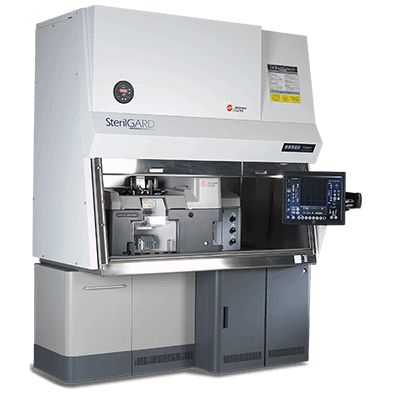What Is a Cell Sorter?

A cell sorter is a device used to isolate specific cells. In recent years, single-cell analysis, in which biological phenomena are observed at the level of a single cell, has become increasingly important in biological research.
Flow cytometry is a representative technology for high-throughput analysis of individual cells, and a cell sorter is used to separate and collect cells. A cell sorter, like a flow cytometer, allows cells labeled with a specific marker to flow through a tube. Only a specific population of cells can be aseptically sorted into a separate tube. The separated and collected cells can then be cultured for further analysis.
Uses of Cell Sorters
Cell sorters are used in a variety of fields, including cancer research, genetics, immunology, and culture engineering. Recently, the technology has also been applied in the medical field. For example, attempts are being made to use cell sorters to extract hematopoietic stem cells alone and transplant them into patients with leukemia.
In the field of regenerative medicine, plans are underway to induce differentiation of necessary cells in vitro from pluripotent stem cells, such as ES cells and iPS cells, and to use them for transplantation therapy and drug development. In this case, too, it is important to collect only the target cells, and cell sorter technology is being used to isolate and collect specific cells.
Principle of Cell Sorters
The first step in the cell sorter process is to pass the cell suspension through a very thin tube and separate the cells one by one. At this point, the cells are designed to flow from top to bottom, and the cells fall as droplets from the tip of the nozzle. Next, the falling cells are irradiated with laser light, and the scattered light from them is analyzed to read the characteristics of each cell. The instrument instantly determines whether the cells should be separated or not. When a cell to be separated is detected, the droplet containing that cell is given a + or – charge. The charged droplet then falls between two subsequent polarizers. Droplets with a + charge are attracted to the negative plate, and droplets with a – charge are attracted to the positive plate and collected in the test tubes placed under each plate. Uncharged droplets fall vertically and are usually discarded. Some instruments use microplates as collection vessels, and cells can be aliquoted into each well of the plate.